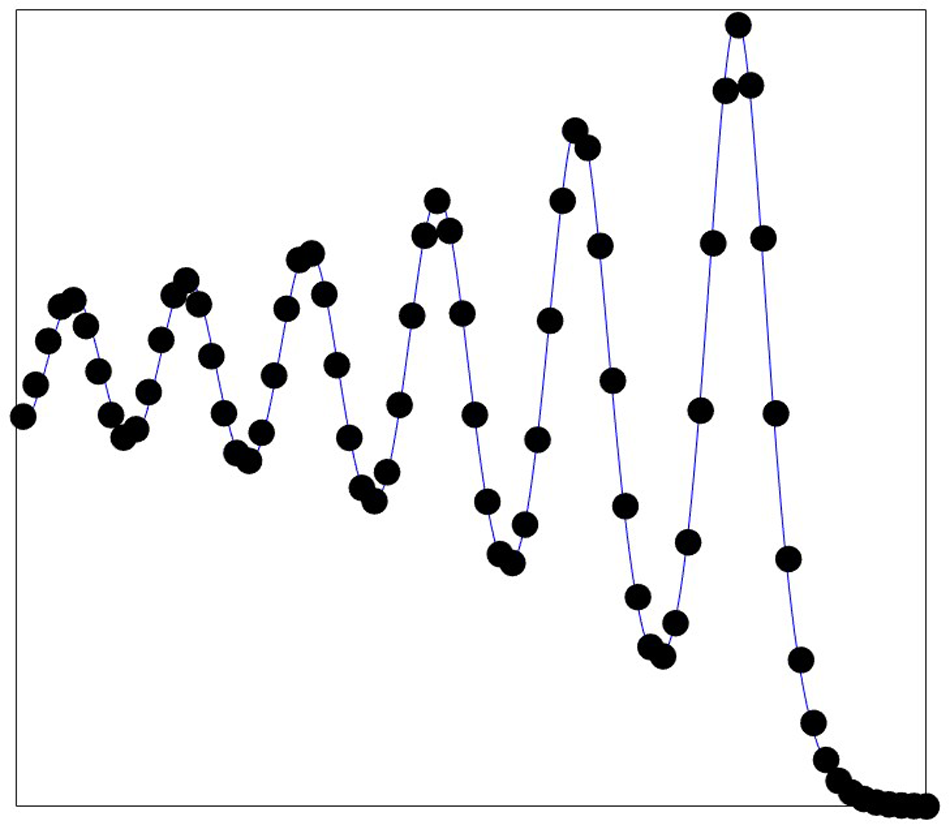Refine listing
Actions for selected content:
Most read
This page lists the top ten most read articles for this journal based on the number of full text views and downloads recorded on Cambridge Core over the last 90 days. This list is updated on a daily basis.
Contents
A dispersive effective equation for transverse propagation of planar shallow water waves over periodic bathymetry
-
- Published online by Cambridge University Press:
- 15 May 2025, e1
-
- Article
-
- You have access
- Open access
- HTML
- Export citation
A regularized continuum model for travelling waves and dispersive shocks of the granular chain
-
- Published online by Cambridge University Press:
- 21 July 2025, e2
-
- Article
-
- You have access
- Open access
- HTML
- Export citation
Integrable fractional Burgers hierarchy
-
- Published online by Cambridge University Press:
- 31 July 2025, e3
-
- Article
-
- You have access
- Open access
- HTML
- Export citation
The inverse scattering theory of Kadomtsev–Petviashvili II equations
- Part of:
-
- Published online by Cambridge University Press:
- 04 August 2025, e4
-
- Article
-
- You have access
- Open access
- HTML
- Export citation
Solitary wave-mean flow interaction in strongly nonlinear dispersive shallow water waves
-
- Published online by Cambridge University Press:
- 08 August 2025, e5
-
- Article
-
- You have access
- Open access
- HTML
- Export citation
Small-amplitude periodic travelling waves in dimer Fermi–Pasta–Ulam–Tsingou lattices without symmetry
- Part of:
-
- Published online by Cambridge University Press:
- 15 August 2025, e6
-
- Article
-
- You have access
- Open access
- HTML
- Export citation
Asymptotic attraction with algebraic rates toward fronts of dispersive–diffusive Burgers equations
-
- Published online by Cambridge University Press:
- 29 August 2025, e7
-
- Article
-
- You have access
- Open access
- HTML
- Export citation



